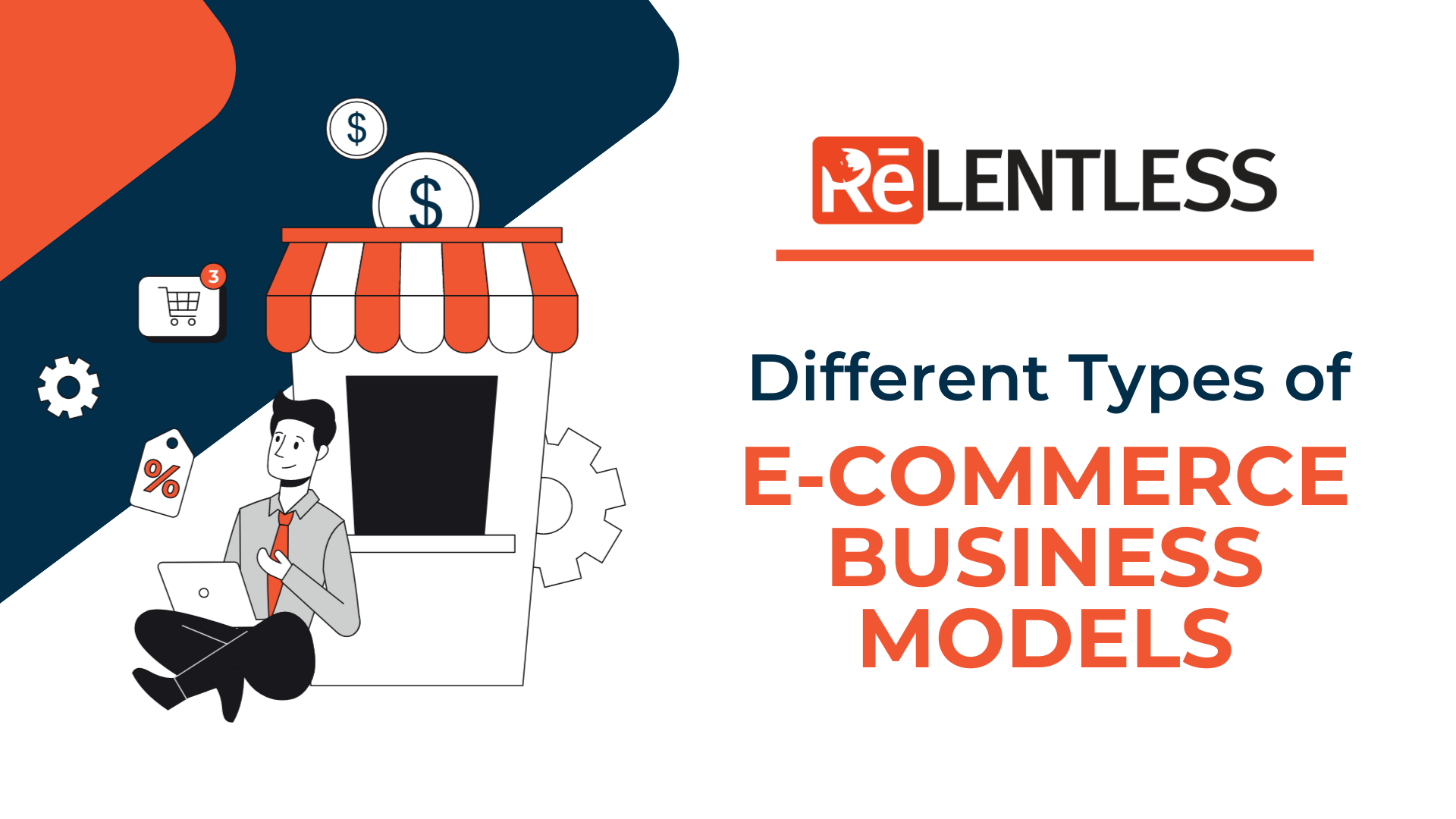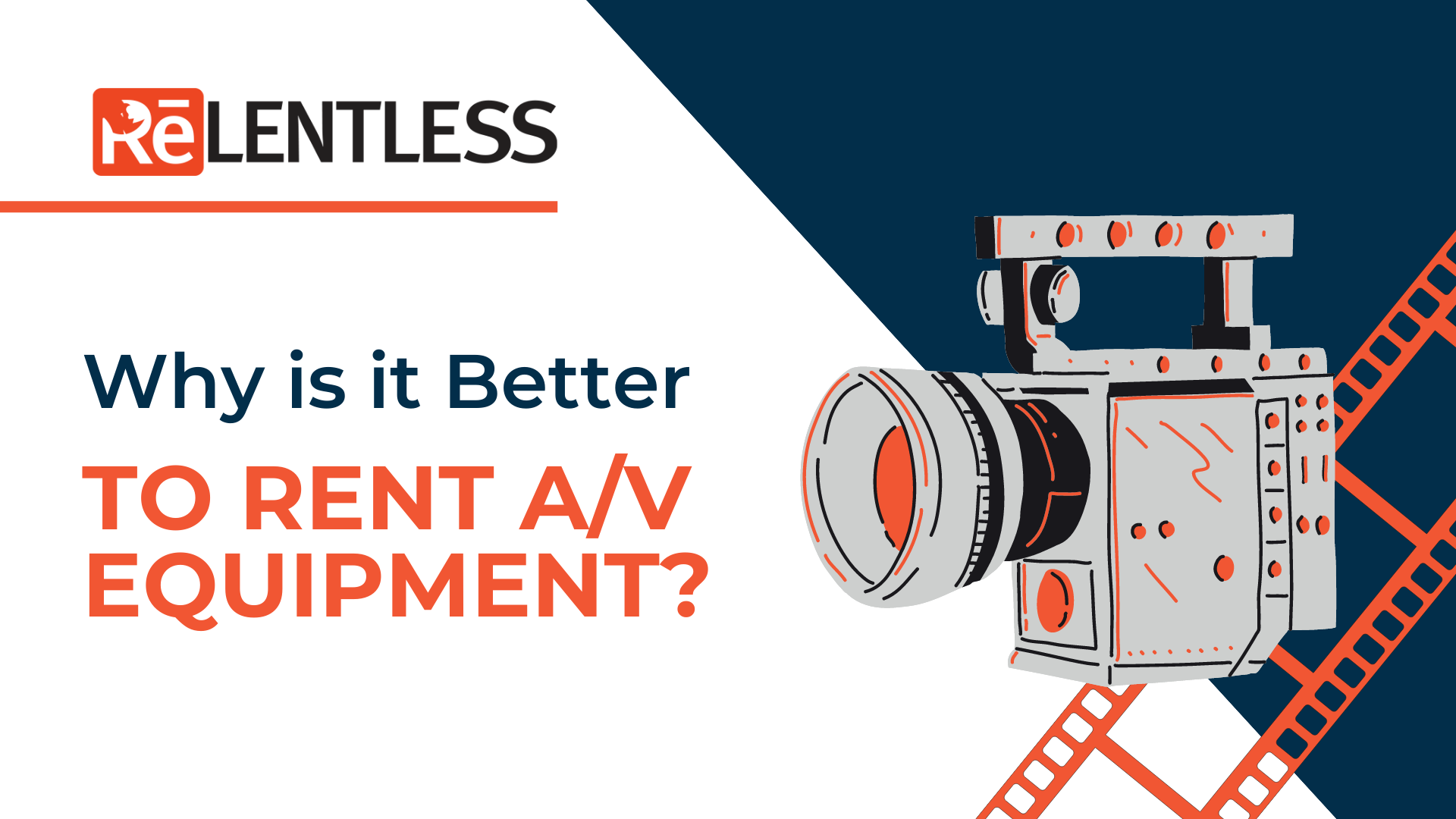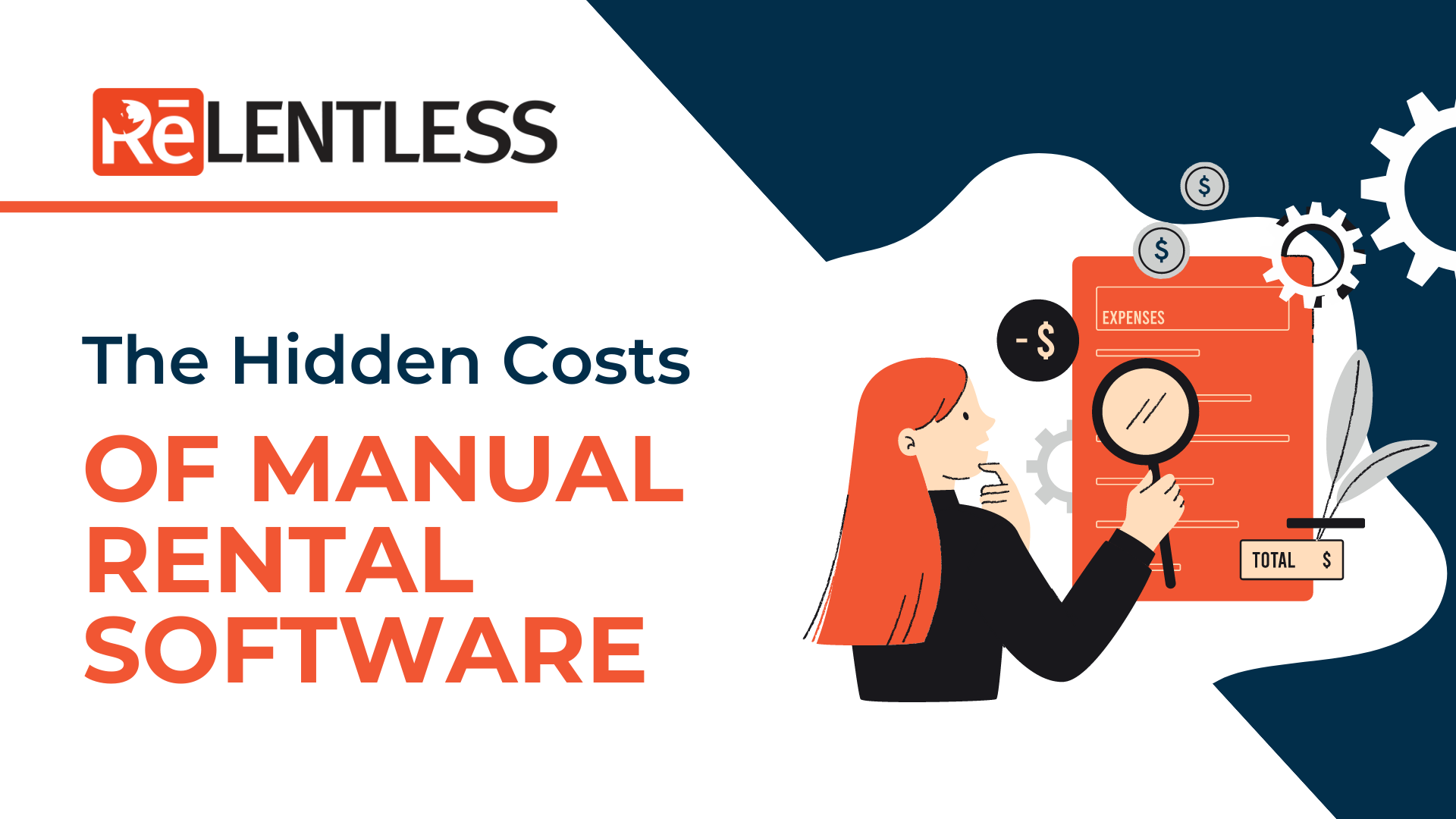Due to recent events that forced people to join the online revolution, more and more individuals are changing their views about how to shop for goods and services. Most aspiring and seasoned entrepreneurs agree that today might be the perfect time to learn and get into E-commerce business models.
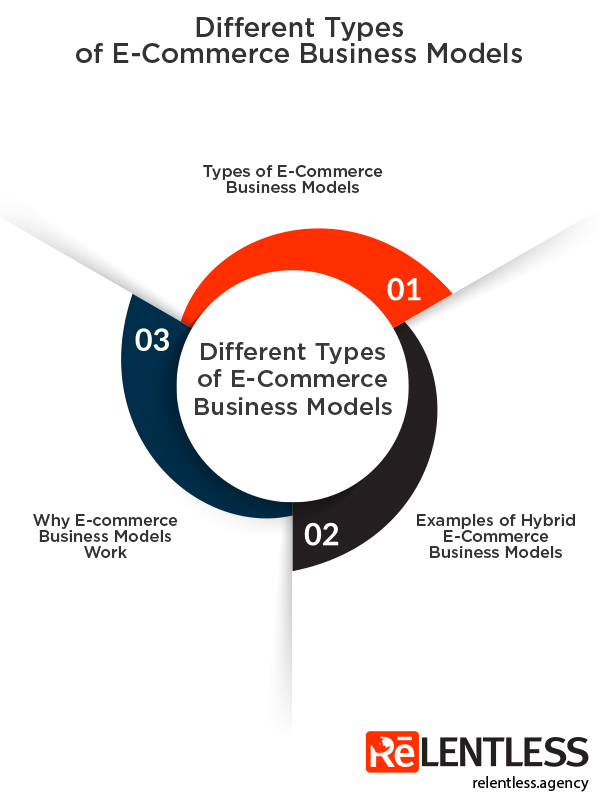
Types of E-Commerce Business Models
The E-commerce business models have a slightly different approach than the traditional ones. The definition of “E” in E-commerce means “Electronic.” It’s a type of business that does most of its transactions electronically through the internet.
Similar to traditional commerce, E-commerce has four main types of business models. Business to Business (B2B), Business to Consumer (B2C), Consumer to Business (C2B), and Consumer to Consumer (C2C). Let’s go through them one by one.

Business to Business (B2B)
B2B E-commerce business models rely on long-term relationships to become successful. Take the coffee industry as an example. A business that grows coffee beans and provides raw produce to coffee manufacturers is in a B2B relationship. However, how exactly does it become “E-commerce”?
An E-commerce model for B2B works in a way where the business in need of raw materials or inventory would look for a supplier through the web. If a supplier has details found on the web, or better yet, an E-commerce storefront, the buying party would have an easier time when purchasing the required items. As such, this becomes an E-commerce transaction.
Business to Consumer (B2C)
The B2C model capitalizes on the brand and its value. This E-Commerce business model has a more dramatic approach to marketing and relies on brand loyalty to become successful.
Some benefits of having a B2C E-commerce model compared to the traditional one are reduced overhead cost, trackable marketing reports, convenient access to customer profiles, and the ability to tap the global market.
Consumer to Business (C2B)
Some people monetize their network or influence because they know that the power of providing a great review can make or break a business. This business model is usually associated with creativity. Consumers make a profit by delivering additional value to a company.
For example, C2B transactions happen if a company contacts a blogger to write a review for a brand and gets incentivized by direct payments or free products. Also, with the right connections and discipline, affiliate marketing can be a lucrative C2B model where consumers get commissions from verified sales by promoting brands on their websites, articles, social media channels, or videos.
Consumer to Consumer (C2C)
Today, most C2C transactions happen on E-Commerce marketplaces. Popular online selling platforms like Etsy, eBay, craigslist, Shutterstock, and more, act as intermediaries between consumers to sell their products or services.
The C2C model has been increasingly popular as it provides flexibility and freedom to earn beyond the 9 to 5 work.
Examples of Hybrid E-Commerce Business Models
Hybrid models are a combination or a mixture of what we have discussed above. Some businesses have been thriving as we adapt to this ever-evolving digital world.

Dropshipping
One of the most profitable E-commerce business models in the world is dropshipping. A fun fact is that this dropshipping has been present even before the internet was born. Between the 1960s to 1970s, mail-order catalogs with a list of goods were used to advertise products. The customers would then call a specific number to have the item delivered to their doorsteps.
When E-commerce was first introduced, people started to adopt the dropshipping model. E-commerce dropshipping is a convenient business that is cost-effective, very easy to start, and can be managed remotely from anywhere in the world. Amazon and big box stores like Walmart have involved themselves in dropshipping as an effective way to market their products online.
People who are into the dropshipping business need to be proficient in marketing and building their brand. As for inventory and shipping, they rely on their suppliers such as Amazon, Walmart, AliExpress, etc.
The process for dropshipping is a combination of C2C and B2B models:
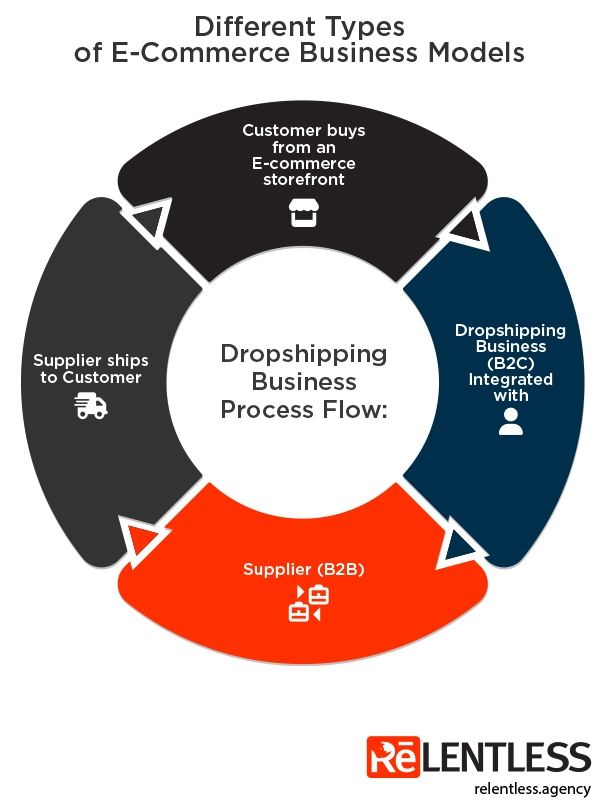
Rental Business
Another popular hybrid E-commerce business model is the one related to rental services. Rental businesses with an E-commerce storefront get the best of both worlds as their clients are a mixture of individual consumers (B2C) and businesses (B2B).
With E-commerce, rental companies can conveniently market their service through the web. A rental E-commerce integration also makes it easier for clients to view their inventory, book a reservation, or renew rental contracts with a simple click of a button.
Why E-commerce Business Models Work

E-commerce is slowly becoming the safest and most convenient way to purchase goods or services. Many innovations have propelled e-commerce businesses to become accessible and user-friendly.
As of 2022, 2 billion out of 7.7 billion people worldwide have engaged in E-commerce to a certain extent. The E-commerce market is expected to surpass $6.5 trillion in revenue in the coming years. Businesses currently looking into E-commerce might have already done their research and are looking for a way to start.
Contact us and let’s talk about how we can help you on your journey toward digitalization.

